Mount Fuji Visitor Numbers Drop After New Tourism Rules
The majestic Mount Fuji saw a significant decline in climbers during the 2024 hiking season, thanks to new measures aimed at curbing overtourism. With entry fees, daily limits, and online reservations, Japan is taking steps to protect this national treasure from environmental damage and safety concerns.
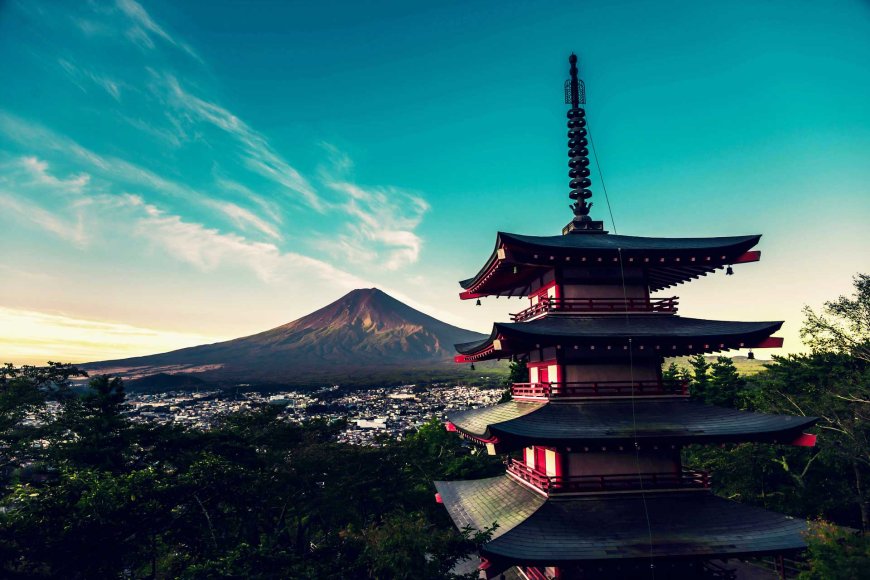
Entry Fees and Daily Caps Reduce Crowds
In an effort to preserve the natural beauty and safety of Mount Fuji, Japanese authorities introduced strict new measures during the 2024 hiking season. These changes have successfully led to a notable decrease in the number of climbers attempting to scale Japan's highest peak, as preliminary figures show a 14% reduction in visitors compared to the previous year. The measures were designed to combat the growing issue of overtourism, which has increasingly threatened the iconic mountain's environment and safety conditions.
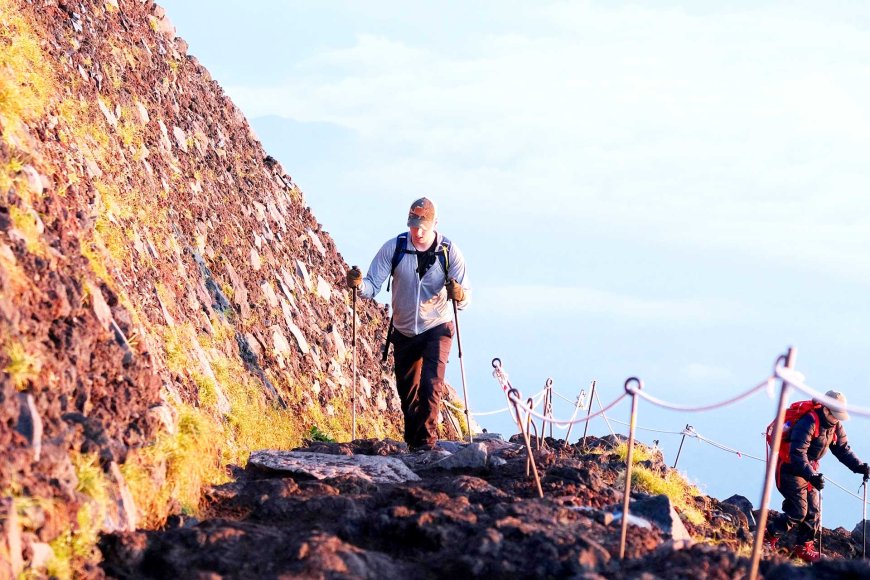
The Problem of Overtourism
In recent years, Mount Fuji has faced a surge of climbers, especially following the reopening of global travel post-pandemic. The mountain, a UNESCO World Heritage site since 2013, has long attracted both local pilgrims and international tourists alike, who come to marvel at its cultural significance and natural majesty. However, this influx has created a serious strain on the fragile environment. Safety concerns have also increased, as many climbers attempt the hike ill-prepared, leading to accidents, injuries, and even cases of hypothermia on the treacherous trails.
Last year, authorities and environmentalists raised alarms about the damage caused by overtourism. The governor of Yamanashi Prefecture, where one of the main trails begins, famously stated that “Mount Fuji is screaming,” as the mountain’s ecosystems, trails, and facilities struggled to cope with the overwhelming number of visitors. Litter, overused facilities, and safety violations were becoming major concerns.
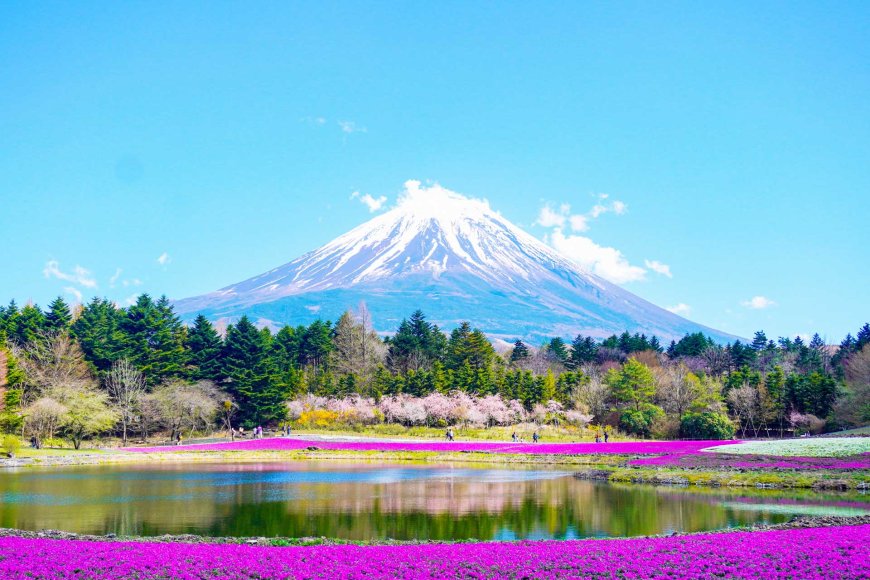
New Measures: Fees, Caps, and Reservations
In response to the mounting issues, Japanese authorities implemented several key changes for the 2024 season, designed to control and limit the number of visitors. The most significant of these was the introduction of an entry fee on Mount Fuji's popular Yoshida Trail. Climbers were required to pay 2,000 yen (about $14 USD) to hike the trail, with an optional donation to further support conservation efforts. Additionally, authorities capped the number of daily climbers at 4,000, hoping to limit the environmental strain.
Online reservations were another new requirement for hikers on the Yoshida Trail. By implementing a reservation system, officials sought to prevent overcrowding and ensure that only those who were adequately prepared would attempt the ascent. The system also helped track the number of climbers on the trail, enhancing safety monitoring in real-time.
Infrared devices were installed along the four trails leading up to the summit, allowing authorities to count the number of climbers and track their movements. This provided a more accurate picture of the total foot traffic throughout the season and allowed park officials to monitor whether caps and fees were having the intended effect.
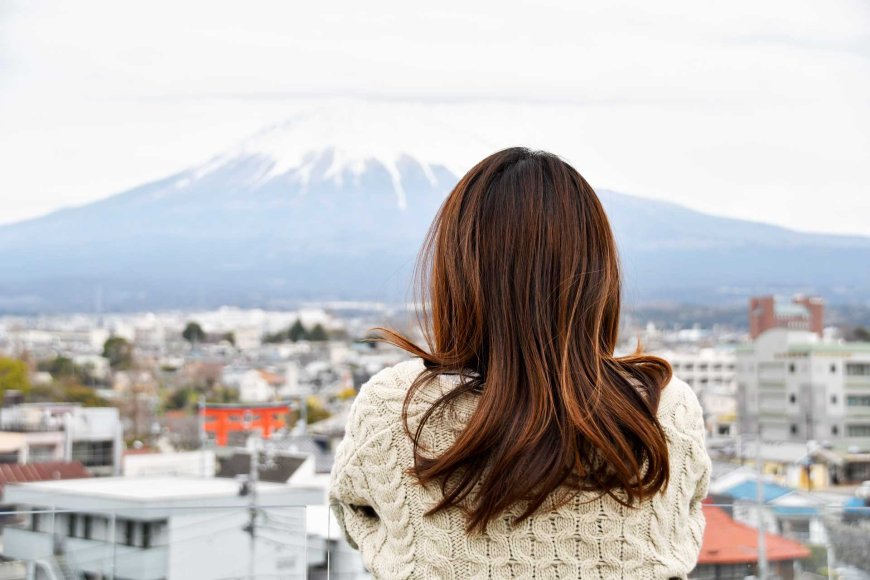
Impact of the New Policies
These measures have had a significant impact. Between early July, when the trails opened for the summer, and early September, Mount Fuji saw a total of around 178,000 climbers. This marked a sharp decline from the more than 200,000 visitors who scaled the mountain the previous year. While Japan has experienced a record influx of foreign tourists—nearly 18 million in the first half of 2024—the number of climbers on Mount Fuji has shrunk, showing that the new policies successfully deterred overcrowding.
Officials believe the entry fees, daily caps, and online reservations have contributed to this drop. Limiting access to the mountain has been crucial in curbing the excesses of overtourism, giving the mountain and its fragile ecosystem some much-needed respite. The preliminary data suggests that Mount Fuji has weathered a more controlled and sustainable hiking season.
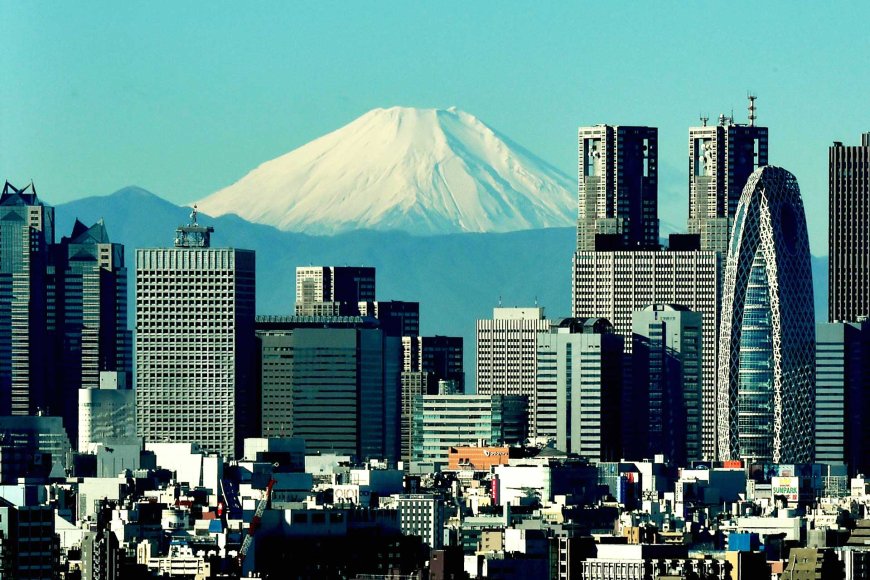
Challenges and Concerns
Despite these successes, challenges remain. The three other trails on Mount Fuji did not implement entry fees or daily caps, leaving open the potential for overuse in those areas. Furthermore, some climbers have resisted adhering to the new rules, with reports of individuals sleeping on the trails, starting fires for warmth, and ignoring guidelines about proper rest stops. Authorities have emphasized the importance of preparedness, noting that many injuries occur when climbers attempt to reach the summit without taking necessary breaks.
There is also the question of long-term sustainability. While the measures introduced in 2024 have helped reduce the strain on Mount Fuji, the future of overtourism management remains uncertain. Authorities will need to consider expanding the entry fee system to other trails and increasing conservation efforts in order to fully protect the mountain for future generations.
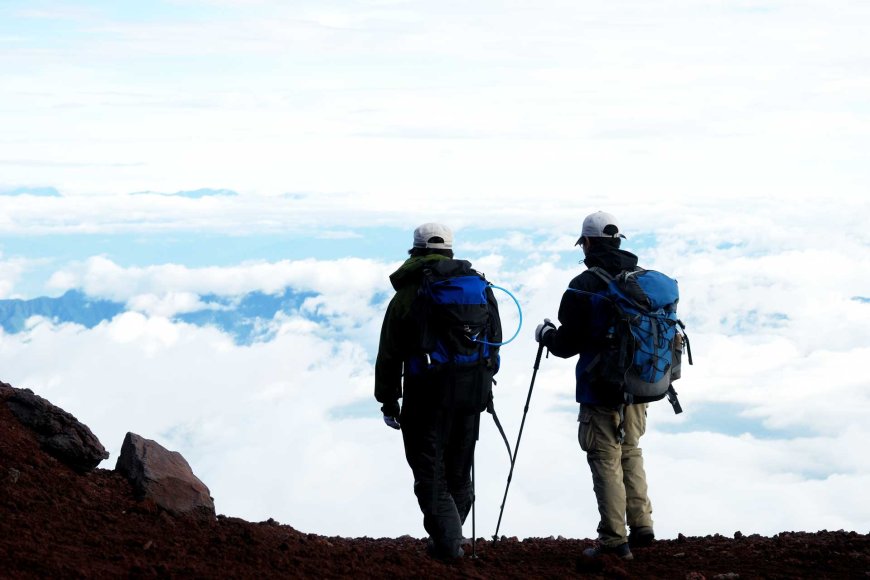
A Symbol of Japan in Need of Protection
Mount Fuji is more than just a tourist destination; it is a powerful symbol of Japan, featured in countless works of art, such as Hokusai's famous woodblock print “The Great Wave.” Its towering presence continues to inspire awe and reverence, and preserving its beauty for both locals and visitors is of utmost importance.
With the hiking season officially closed as of September 4, authorities are now evaluating the success of this year’s measures. The preliminary data will be updated in the coming weeks, giving officials a clearer picture of how well the policies have worked. The hope is that these changes will strike a balance between tourism and conservation, ensuring that Mount Fuji remains an iconic and sustainable destination for years to come.
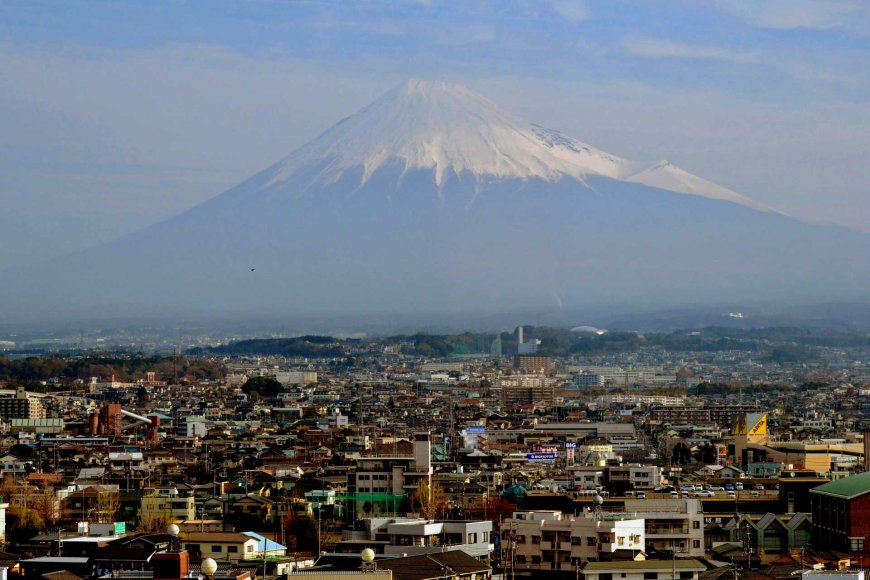
In the meantime, the reduction in climbers this year is a promising sign that overtourism can be managed without entirely closing off access to the mountain. By taking steps to safeguard Mount Fuji’s environment, Japan is leading the way in creating a sustainable future for its most beloved natural landmark.
Find Cheap Flight Tickets to any Destinations in Japan and the Philippines
Nipino.com is committed to providing you with accurate and genuine content. Let us know your opinion by clicking HERE.






























































